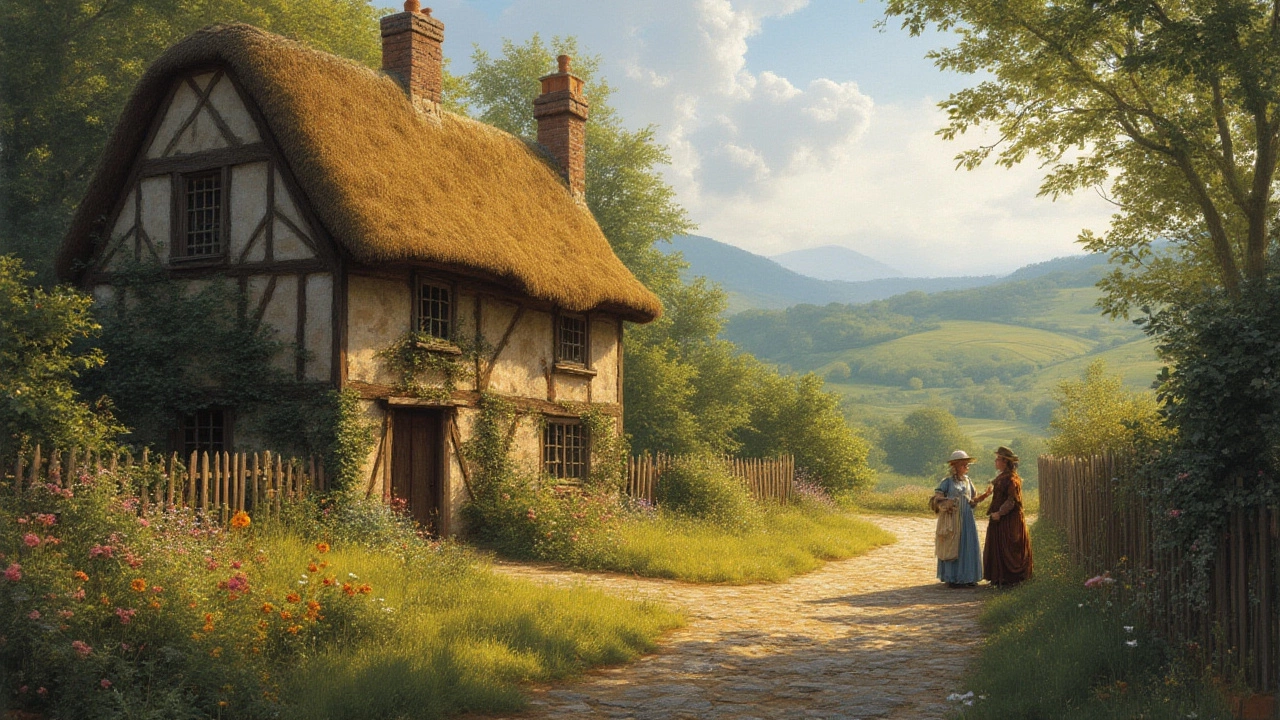Cottage History – Explore Lancashire’s Charming Heritage Cottages
If you’ve ever walked through a quiet lane in Lancashire and spotted a stone‑faced building with a thatched roof, you’ve seen a piece of living history. These cottages aren’t just pretty places to stay; they’re stories built with timber, stone, and a lot of local pride. In this guide we’ll break down where they came from, what makes them special, and why a stay in one feels like stepping back in time.
From Farmhouses to Holiday Cottages
Most Lancashire cottages started out as simple farm homes for workers in the 17th and 18th centuries. Builders used locally sourced stone because it kept the houses warm and sturdy. As agriculture modernised, many of these farm buildings were left empty. In the 19th century, the rise of the railway let city folks travel to the countryside for a breath of fresh air. Owners turned their old homes into guest cottages, adding a few extra rooms and a cosy fireplace.
During the early 20th century, the idea of a “cottage holiday” became a cultural trend. Writers and artists flocked to the Lake District and the Lancashire moors, writing about the peace they found in these modest homes. That romantic image stuck, and today the term cottage often means a short‑term retreat rather than a permanent residence.
Key Features of Historic Cottages
What sets a historic cottage apart from a modern rental? First, the materials. You’ll see thick stone walls, exposed wooden beams, and slate roofs that have weathered decades of rain. Second, the layout. Traditional cottages usually have a low ceiling hall, a kitchen tucked at the back, and a cosy bedroom upstairs accessed by a narrow staircase.
Inside, original features like inglenook fireplaces, sash windows, and wooden floorboards add character. Even small details matter: iron latch doors, built‑in cupboards, and stone grates for the hearth. These touches aren’t just decorative; they were practical solutions for heating and storage in an era before electricity.
Because many of these homes are listed buildings, renovations are carefully controlled. That means you can enjoy modern comforts – like Wi‑Fi and heated bathrooms – without losing the charm that makes the cottage feel historic.
Staying in a historic cottage also lets you experience the surrounding landscape the way locals did centuries ago. Rolling hills, winding rivers, and stone walls punctuated by ancient oaks create a backdrop that’s unchanged by time.
At Lancashire Lodges & Retreats we’ve gathered a selection of cottages that showcase this rich heritage. Whether you’re after a tiny two‑bedroom stone hideaway or a larger farmhouse turned boutique hotel, our listings highlight homes that keep the original spirit alive while offering today’s comforts.
Ready to try a slice of history for yourself? Browse our cottage collection, pick a spot that sparks your curiosity, and book directly with the owner to keep costs low. You’ll get a genuine stay, a chance to hear local tales, and a deeper appreciation for the craft that built these enduring homes.
So next time you think of a weekend getaway, remember that a Lancashire cottage isn’t just a place to sleep – it’s a living museum, a cosy nest, and a reminder that great design can stand the test of time.

Why Are They Called Cottages? A Deep Dive Into The History And Charm Of Cottages
Curious about cottages? Explore how the word 'cottage' came to be, the rich story behind it, and why these cozy dwellings remain so enchanting today.
Continue Reading